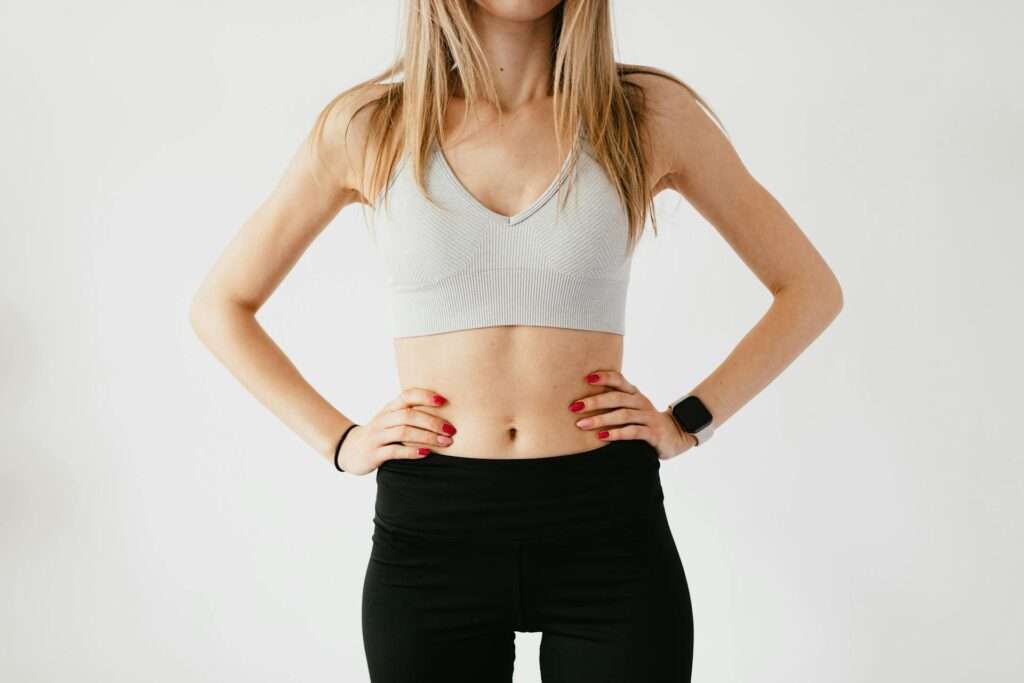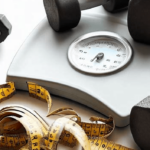Introduction:

Embarking on a journey to find one’s ideal weight often involves navigating through cultural standards and perceptions. In both Korea and Japan, where the concept of idols and beauty standards holds significant cultural importance, unique methods exist for calculating an individual’s ideal weight. This article explores the intriguing world of these calculations, shedding light on the cultural nuances and expectations surrounding body image. Use our Asian BMI Calculator to ensure your weight is aligned with the established health priorities.
Japanese Idol Weight Calculator:
In Japan, the term “idol” refers to performers, typically young girls who sing and dance. The Idol Weight Calculator, widely used in Japan, simplifies the process. The general formula involves subtracting 100 from your height in centimeters, then multiplying the result by a specific factor. For example, someone with a height of 161cm would calculate their weight as 161 – 100 = 61, and then multiply 61 by 0.9 for a general idol maximum weight of 54.9kg. Notably, renowned idol group Momoiro Clover used a slightly different factor of 0.8, revealing the complexity and diversity within these standards.
Realities of Idol Weigh-Ins:
Momoiro Clover’s public weigh-in showcased the stark contrast between the general calculation and the group’s preferred weight. The ordeal, especially for member Reni, who exceeded her calculated weight, led to controversies and speculation about potential eating disorders. This episode highlights the pressure idols face to conform to calculated ideals and the potential impact on their well-being.
Korean Ideal Body Measurements:
Korea, known for its emphasis on beauty standards, employs a different approach, focusing on measurements rather than weight. The Korean Ideal Body Measurement chart provides guidelines for various body parts. To illustrate, if your height isn’t explicitly listed, you can derive it based on your calculated ideals. A comparison between calculated ideals and real measurements reveals the discrepancies individuals may face in striving to meet societal expectations.
Table with Formulas:
| Age | 20–29 | 30–39 | 40–49 |
|---|---|---|---|
| Bust Height | H × 0.719 | H × 0.715 | H × 0.711 |
| Bust Girth | H × 0.515 | H × 0.525 | H × 0.543 |
| Underbust Girth | H × 0.432 | H × 0.453 | H × 0.468 |
| Waist Girth | H × 0.370 | H × 0.386 | H × 0.401 |
| Abdomen Girth | H × 0.457 | H × 0.475 | H × 0.501 |
| Hip Girth | H × 0.542 | H × 0.553 | H × 0.565 |
| Hip Height | H × 0.500 | H × 0.500 | H × 0.500 |
| Weight | (H – 100) x 0.8 | (H – 100) x 0.8 | (H – 100) x 0.8 |
| Thigh | H x 0.295 | H x 0.295 | H x 295 |
| Ankle | H x 0.126 | H x 0.126 | H x 0.126 |
| Calf | H x 0.205 | H x 0.205 | H x 0.205 |
Korean Chart:
| Height (cm) | Weight (kg) | Bust height (cm) | Bust girth (cm) | Under-bust girth (cm) | Waist girth (cm) | Abdomen girth (cm) | Hip girth (cm) | Hip height (cm) | Thigh (cm) | Calf (cm) | Ankle (cm) |
|---|---|---|---|---|---|---|---|---|---|---|---|
| 150 | 40 | 108 | 77.3 | 64.8 | 55.5 | 68.55 | 81.3 | 75 | 43.0 | 30.8 | 18.1 |
| 152 | 41.6 | 109.6 | 78.3 | 65.7 | 56.2 | 69.6 | 82.4 | 76 | 44.2 | 31.2 | 18.8 |
| 154 | 43.2 | 111.2 | 79..3 | 66.5 | 57.8 | 70.65 | 83.5 | 77 | 45.4 | 31.6 | 19.4 |
| 156 | 44.8 | 112.8 | 80.0 | 67.4 | 57.7 | 71.7 | 84.6 | 78 | 46.5 | 32.0 | 20.0 |
| 158 | 46.4 | 114.4 | 81.4 | 68.3 | 58.5 | 72.75 | 85.7 | 79 | 47.7 | 32.4 | 20.7 |
| 160 | 48.0 | 116 | 82.4 | 69.1 | 59.2 | 73.8 | 86.8 | 80 | 48.9 | 32.8 | 21.3 |
| 162 | 49.6 | 117.6 | 83.4 | 70.0 | 59.9 | 74.85 | 87.9 | 81 | 50.0 | 33.2 | 22.0 |
| 164 | 51.2 | 119.2 | 84.5 | 70.8 | 60.7 | 75.9 | 89 | 82 | 51.2 | 33.6 | 22.6 |
| 166 | 52.8 | 120.8 | 85.5 | 71.7 | 61.4 | 76.95 | 90.1 | 83 | 52.38 | 34.0 | 23.2 |
| 168 | 54.4 | 122.4 | 86.5 | 72.6 | 62.2 | 78 | 91.2 | 84 | 53.5 | 34.4 | 23.8 |
| 170 | 56.0 | 124 | 87.6 | 73.4 | 62.9 | 79.05 | 92.3 | 85 | 54.7 | 34.9 | 24.5 |
The Journey to the “Ideal” Korean Body:
Using the Korean chart as a benchmark, an individual’s calculated ideals may not align with their current measurements. For instance, if the calculated ideal waist size is 59.57cm, but the reality is 68cm, there’s a noticeable difference. This stark contrast raises questions about the societal pressures individuals experience and the challenges they encounter on their quest for the “perfect” body.
Reality vs. Ideals:
As we navigate the intricate world of cultural beauty standards, it’s crucial to recognize the disparity between calculated ideals and the diverse realities individuals embody. The example of K-pop icon Kim Hyuna illustrates the gap between societal expectations and individual uniqueness, emphasizing the need for acceptance and self-love.
Conclusion:
Understanding the intricacies of calculating one’s “skinny” weight in Japan and Korea unveils the cultural complexities that influence beauty standards. As we explore these calculations, it becomes evident that the journey towards an ideal weight involves more than numbers—it encompasses cultural expectations, personal struggles, and the importance of fostering a healthy self-image. In the pursuit of body ideals, let us advocate for self-acceptance and embrace the diversity that makes each individual uniquely beautiful.














